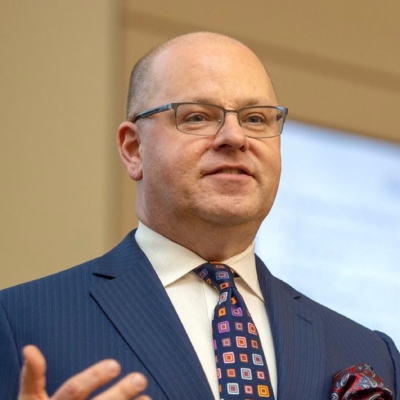Conferees Weigh First Sale Doctrine, Inducement Liability In E-Commerce World
Summary
Professor Mark Lemley is featured in this BNA article on the The Eighth Annual Stanford E-Commerce Best Practices Conference which was held at Stanford Law School on June 24th. Lemley took part in a panel discussion on “Secondary liability for IP infringement in the context of patent law.”
Whether the defense to copyright infringement under the first sale doctrine is diminished in the digital environment was debated June 24 by panelists at a conference sponsored by Stanford Law School.
The Eighth Annual Stanford E-Commerce Best Practices Conference also focused on other issues of infringement liability arising in the e-commerce industry.
…
In a separate panel discussion on secondary liability for IP infringement in the context of patent law, Stanford Law Professor Mark Lemley pointed to the U.S. Supreme Court’s May 31 ruling in Global-Tech Appliances Inc. v. SEB S.A., No. 10-6, 98 USPQ2d 1665 (U.S. May 31, 2011) (82 PTCJ 137, 6/3/11), that induced patent infringement under 35 U.S.C. §271(b) requires knowledge that the induced acts constitute infringement, and that the doctrine of willful blindness can support a finding of knowledge.
Drawing a line between knowledge and intent and recklessness, Lemley said the court “makes it pretty clear that the willful blindness test is the test not only for the question, ‘did you know of the existence of the patent?’ but also for the question, ‘did you believe you were infringing that patent?’ ’’
That presents interesting questions for companies going forward, Lemley said.
In the electronic commerce space where inducement “plays a pretty significant role,’’ Lemley said, “we may see, as a sort of best-practice perspective,’’ the reintroduction of opinion letters from patent counsel.
…
Inducement to infringe is addressed in the patent statute and not in the copyright statute, Lemley noted. But the Supreme Court imported it into copyright law in MGM Studios Inc. v. Grokster Ltd., 545 U.S. 913, 75 USPQ2d 1001 (2005) (70 PTCJ 258, 7/1/05), he said, pointing to the court’s unanimous holding that creators of peer-to-peer software can be held liable for the infringing activities of those who use the software.
“So one interesting thing to think about is whether the court intends the standards and intent in patent law to be in the same in copyright law, that is, does it intend to use SEB to modify Grokster, or does it intend to create two different and now somewhat conflicting bodies of inducement law—one in patent law and one in copyright law—even though the copyright law was copied from patent law,’’ Lemley said.
…
Lemley said that if “you look historically in the internet environment, if your business model as startup is, ‘I’m going to do the right thing and get all the necessary permissions before I launch anything,’ you die.’’
“The companies that have had successes have succeeded because they launched under the cover of safe harbor,’’ Lemley said.
…
As exciting as e-commerce is, according to Judge Jeremy Fogel of the U.S. District Court for the Northern District of California, “it’s still about in some way identity and expectations.’’
Fogel opened the conference talking about the disconnect between individuals’ expectations not meeting up reality online and offline.
“The pace at which this whole e-commerce space is evolving is way faster than the pace at which people are evolving, at least people who didn’t grow up with it,’’ Fogel said, adding, “and the gap I think gets wider all the time.’’
“And a lot of the litigation I see is because of that gap,’’ Fogel said.
Something is changing about the way human beings interrelate, he said. “But I also think that certain things persist no matter what the technological changes, and I think that people want to be seen as human beings, they want to be treated with respect, and they don’t want to be mislead,’’ Fogel said.
Read More
